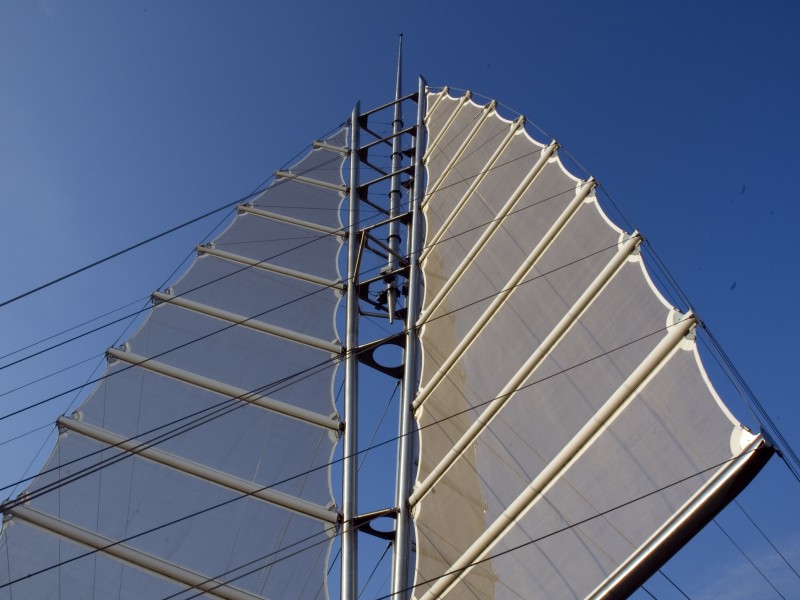Keder: The Unsung Hero of Tensile Fabric Architecture
In the realm of modern architecture, where innovative designs and sustainable solutions are highly sought after, tensile fabric structures have emerged as a prominent choice. These structures not only captivate with their elegant aesthetics but also offer immense versatility and functionality. One crucial component that plays a pivotal role in the success of these structures is the Keder component. Often overlooked, Keder is an unsung hero that provides strength, flexibility and integrity to tensile fabric architecture. In this blog post, we will delve into the world of Keder and explore its significance in creating awe-inspiring fabric structures.
What is Keder?
Keder, derived from the German word "köder," refers to a specialised extruded or moulded flexible profile, and essentially the fixtures used to secure the fabric. It typically consists of a solid core, usually made of PVC or other durable materials, such as EPDM, enclosed by a fabric covering. This fabric covering can be a part of the tensile membrane or a separate layer specifically designed for Keder attachment. The Keder's core is shaped so that it can slide or fit into a corresponding track or groove, enabling it to be securely attached to the supporting structure.
The Role of Keder in Tensile Fabric Architecture
Keder acts as a strong anchor for the fabric in the supporting structure. It is commonly attached to structural elements such as aluminium or steel profiles, creating a secure connection between the fabric and the framework. This connection ensures that the fabric remains taut and stable, even under various environmental conditions such as wind or snow.
Tensile fabric architecture often requires protection from the elements, including rain, wind and UV radiation. The Keder also acts as a sealing mechanism between the membrane and the supporting structure, preventing water ingress and air leakage. This tight seal helps maintain a comfortable and weather-resistant environment within the structure.
Keder offers flexibility in design, enabling architects and designers to create complex, curved and customised fabric structures. The ability of the Keder to move within the track allows for easy installation, adjustments, and removal, making it an efficient solution for temporary or semi-permanent structures.
The Keder also helps to distribute the tensile forces evenly along its length, reducing stress concentration points on the fabric membrane. This feature is especially important in large-scale tensile structures, where load distribution plays a critical role in maintaining structural integrity.
While primarily a functional component, Keder can also contribute to the visual appeal of tensile fabric architecture. It offers a seamless transition between the fabric membrane and the supporting structure, creating a clean and visually pleasing appearance. The discreet nature of the Keder allows the fabric to take centre stage, highlighting its sculptural qualities and artistic design.
Keder Solutions from J & J Carter
In the world of tensile fabric architecture, Keder plays a vital but often underestimated role. Its ability to provide structural integrity, weather resistance, flexibility and load distribution makes it an indispensable component in the success of fabric structures.
J & J Carter pride itself on offering the highest quality Keder products and accessories, servicing the tenting, printing and marine industry. Our products allow you to create sleek, strong and polished finished products, providing the maximum impact with effortless installation. For more information about our Keder solutions, contact our friendly staff today at 01264 721630 or email us at [email protected], we are available to answer any question you may have.


